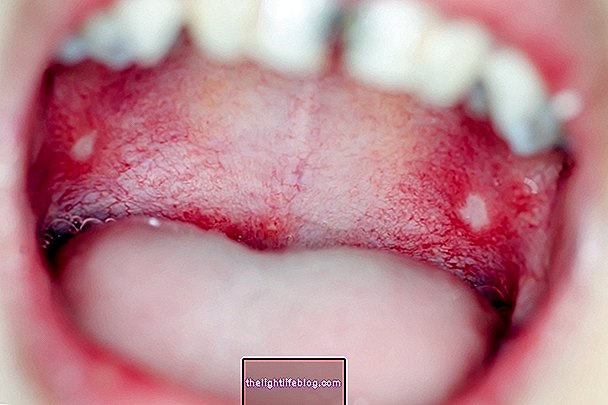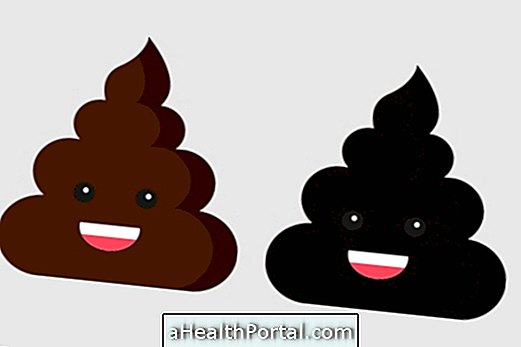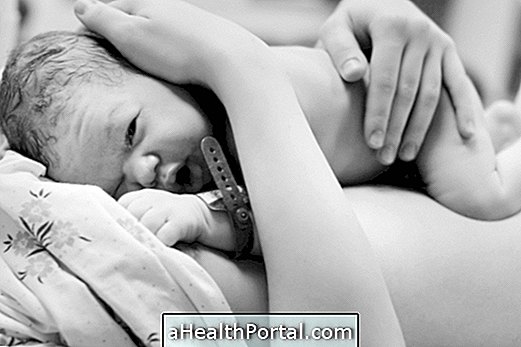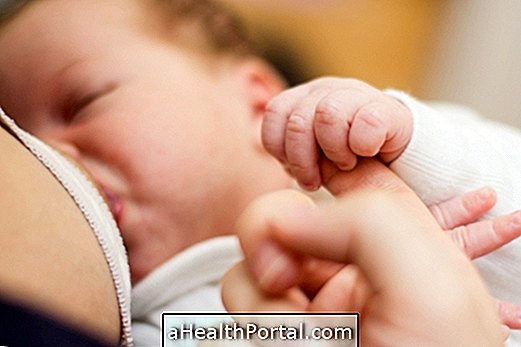The cyst in the kidney corresponds to a pocket full of fluid or air that usually forms in people over 50 years old and, when small, causes no symptoms and does not pose a risk to the person. In the case of complex cysts and larger, blood in the urine and back pain may be seen for example, and should be aspirated or removed by surgery according to the recommendation of the nephrologist.
Due to the absence of symptoms, especially when it comes to a simple cyst, some people may go several years without knowing that they have a renal cyst, only being discovered in routine exams such as ultrasonography or computed tomography, for example.
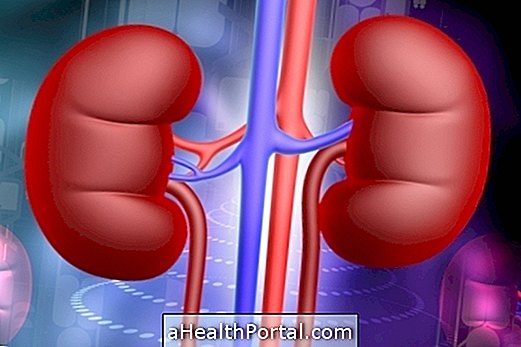
Signals and symptons
When the cyst in the kidney is small, it usually does not cause symptoms. However, in the case of larger or complex cysts, some clinical changes can be noticed, such as:
- Back pain;
- Presence of blood in the urine;
- Increased blood pressure;
- Frequent urinary infections.
Cysts in the simple kidneys are usually benign and the person can go through life without knowing it has due to the absence of symptoms, being only discovered in routine exams.
Signs and symptoms of kidney cysts may also be indicative of other conditions that may result in kidney impairment. Take the test and see if you have kidney changes:
- 1. Frequent urge to urinate Yes No
- 2. Urinate in small quantity at a time Yes No
- 3. Constant pain in the bottom of the back or flanks Yes No
- 4. Swelling of the legs, feet, arms or face Yes No
- 5. Itching all over the body Yes No
- 6. Excessive tiredness for no apparent reason Yes No
- 7. Changes in color and smell of urine Yes No
- 8. Presence of foam in the urine Yes No
- 9. Difficulty sleeping or less sleep quality Yes No
- 10. Loss of appetite and metallic taste in the mouth Yes No
- 11. Feeling of pressure in the belly while urinating Yes No

Classification of cysts
The cyst in the kidney can be classified according to the size and content within:
- Bosniak I, which represents the simple and benign cyst, being usually small and with air in its interior;
- Bosniak II, which is also benign, but shows in its interior some septa and calcifications;
- Bosniak IIF, which is characterized by the presence of more septa;
- Bosniak III, in which the cyst is larger, has thick walls, several septa and dense material in its interior;
- Bosniak IV, are cysts that have cancer characteristics and should be removed as soon as they are identified.
The classification is made by the nephrologist according to the result of the computed tomography. Here's how it's done and how to prepare for computed tomography.
How is the treatment done?
Treatment of the renal cyst is made according to the size and severity of the cyst, in addition to the symptoms presented by the patient. In the case of simple cysts, only periodic monitoring may be necessary to check for growth or symptoms.
In cases where the cysts are large and cause symptoms, the nephrologist may recommend the removal or emptying of the cyst through a surgical procedure, in addition to the use of pain-relieving drugs and antibiotics, which is usually indicated before or after surgeries.
Can cyst in kidney be cancer?
The cyst in the kidney is not cancer and can not even become cancer. What happens is that kidney cancer looks like a complex renal cyst and can be misdiagnosed by the doctor. However, medical tests, such as computed tomography and magnetic resonance imaging, can help distinguish a kidney cyst from a kidney cancer, which are two different diseases. Learn about the most common symptoms of kidney cancer.
Cyst in the baby's kidney
The cyst in the baby's kidney can be a normal situation when it appears alone. But if more than one cyst is identified in the baby's kidney, it may be indicative of Renal Polycystic Disease, which must be accompanied by a nephrologist to avoid possible complications. In some cases, this disease can still be diagnosed during pregnancy by ultrasonography.
Useful link:
- Renal Calculus


